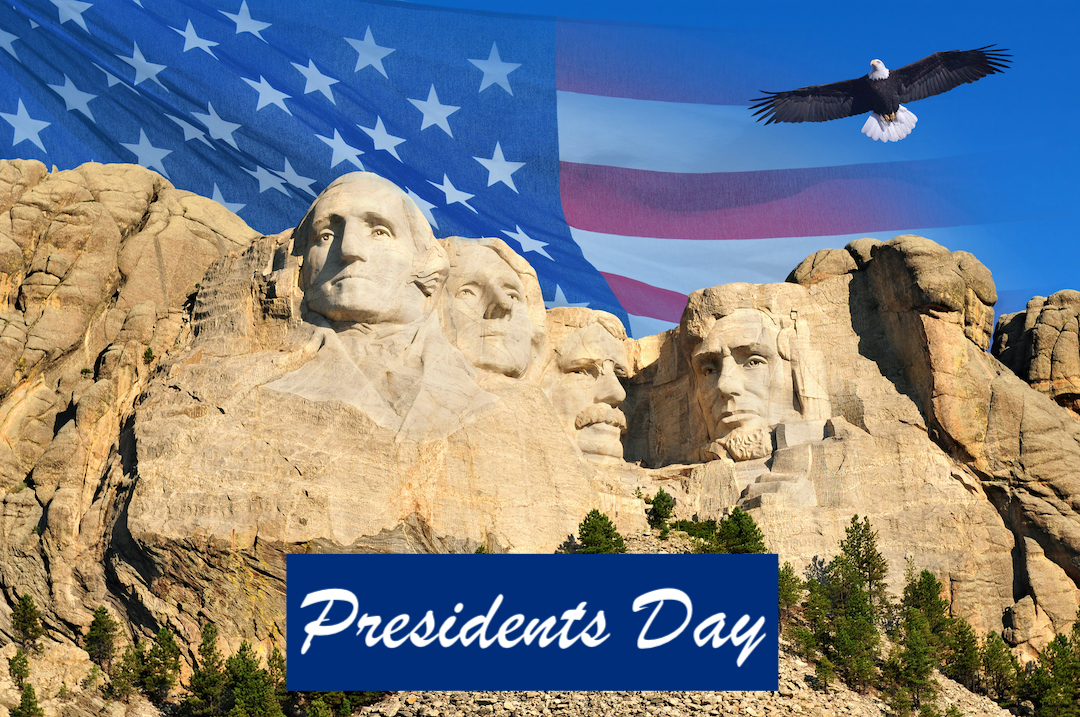
Presidents Day is one of the most recognized federal holidays in the United States, observed on the third Monday in February. Although commonly associated with honoring the legacies of George Washington and Abraham Lincoln, this day has evolved into a broader celebration of the office of the presidency itself. With historical origins rooted in the founding of the nation, Presidents Day offers insight into the interplay of politics, culture, language, and tradition in American society. At the same time, it highlights the potential for modernity and multicultural creativity to coexist with the country’s core values.
1. Historical Origins and Political Foundations
The genesis of Presidents Day can be traced to the celebration of George Washington’s birthday. Washington, born on February 22, 1732, was revered as the Father of the Nation. By the late 18th century, commemorations for Washington’s birthday had already taken hold, reflecting a desire to honor his leadership and role in guiding the fledgling nation. Later, as Abraham Lincoln’s birthday (February 12) also came to be widely celebrated—particularly in states such as Illinois—a movement emerged to unify these commemorations.
The political shift that led to the official recognition of a consolidated holiday came with the Uniform Monday Holiday Act of 1968, which sought to create more three-day weekends for workers by moving federal holidays to Mondays. This legislative change transformed Washington’s Birthday into a Monday observance and opened the door for the broader interpretation we know today: Presidents Day. Over time, many states adopted the inclusive title “Presidents Day,” honoring not just Washington and Lincoln but the leadership of all U.S. presidents.
2. Significance and Cultural Dimensions
2.1 Honoring Leadership and Democracy
Presidents Day symbolizes the fundamental American principles of leadership, governance, and democracy. By acknowledging the achievements—and, in some cases, the shortcomings—of those who have held the nation’s highest office, Americans are encouraged to reflect on the evolving nature of the presidency itself. This reflection shapes public discourse on accountability, civic responsibility, and the values the country aspires to uphold.
2.2 Public Celebrations and Civic Engagement
Over time, the holiday has become a staple in public consciousness, commemorated with various events—from historical reenactments of George Washington’s leadership to school programs highlighting presidential history. Museums and cultural institutions use this day to educate the public about pivotal moments in U.S. history. In addition, retailers often take advantage of the three-day weekend with promotional sales, marking Presidents Day as a key date on the commercial calendar.
2.3 Language and Communication
The rhetorical dimension of Presidents Day finds expression in speeches, educational materials, and social media campaigns. The language around the holiday typically underscores unity, national pride, and respect for the Constitution. This focus on language that champions democratic principles can help bridge political divides, reminding citizens of the overarching ideals that bind them together, even amid polarizing times.
3. The Role of People, Traditions, and Modernity
3.1 A Diverse and Evolving Society
The United States is a tapestry of diverse cultures, ethnics, languages, and traditions. As the nation grows more multi-ethnic, Presidents Day provides an opportunity to highlight shared values—such as freedom, opportunity, and public service—across different communities. For immigrants and newer citizens, learning about the holiday can be an entry point into understanding American governance and cultural norms.
3.2 Balancing Tradition and Innovation
American culture thrives on the balance between tradition and innovation. While Presidents Day honors the legacies of past leaders, it also invites contemporary interpretation. Schools now integrate technology, online archives, and interactive media to teach students about presidential history, reflecting the dynamic nature of modern education. This blend of tradition with twenty-first-century technology ensures that historical legacies are not lost but rather reimagined and expanded for new audiences.
3.3 Creative Expression and Multicultural Celebrations
Artists, writers, and performers often use Presidents Day as a springboard for creative expression, whether through exhibitions highlighting iconic portraits or contemporary critiques of political power. These cultural productions can celebrate presidential achievements or challenge the narratives that have long dominated American memory. In a country characterized by a wide array of cultural practices, such creative explorations make the holiday relevant to a broad spectrum of the population, underscoring a commitment to free expression.
4. How Modernity, Creativity, Traditions, and Multiculturalism Coexist
The essence of Presidents Day reveals an ongoing negotiation between honoring historical figures and embracing a future that is more inclusive and forward-thinking. Modernity ensures that the celebration remains dynamic—integrating new forms of media and fresh perspectives. Creativity allows people to engage with presidential legacies in ways that resonate personally, whether through art, literature, or digital storytelling. Traditions, such as parades and educational tributes, anchor the holiday in established forms of national remembrance, providing continuity with previous generations. Finally, multiculturalism ensures that the holiday is not monolithic: diverse communities bring distinct experiences and interpretations to the day, enriching the national conversation around leadership, governance, and collective identity.
In this light, Presidents Day stands as a microcosm of the American ethos. It represents the power of unity amidst diversity and the ongoing process of defining—and redefining—what it means to be American.
Presidents Day began as a tribute to the first president, George Washington, and expanded to recognize the broader legacy of the American presidency. Beyond mere commemoration, it has become a day to reflect on national values, political structures, and cultural identity. The interplay of politics, people, language, and culture in celebrating Presidents Day underlines the complexity and richness of American society. At the same time, the evolution of the holiday speaks to the country’s capacity for reinvention, inclusivity, and creativity.
As the United States continues to grow as a multicultural nation, the challenge lies in preserving the heart of Presidents Day—its tribute to leadership, service, and democracy—while allowing the observance to adapt and speak to the modern era. In this sense, Presidents Day becomes not just a celebration of the past, but a hopeful, forward-looking reminder of the aspirations and shared values that bind Americans together.
-Lê Nguyễn Thanh Phương-
